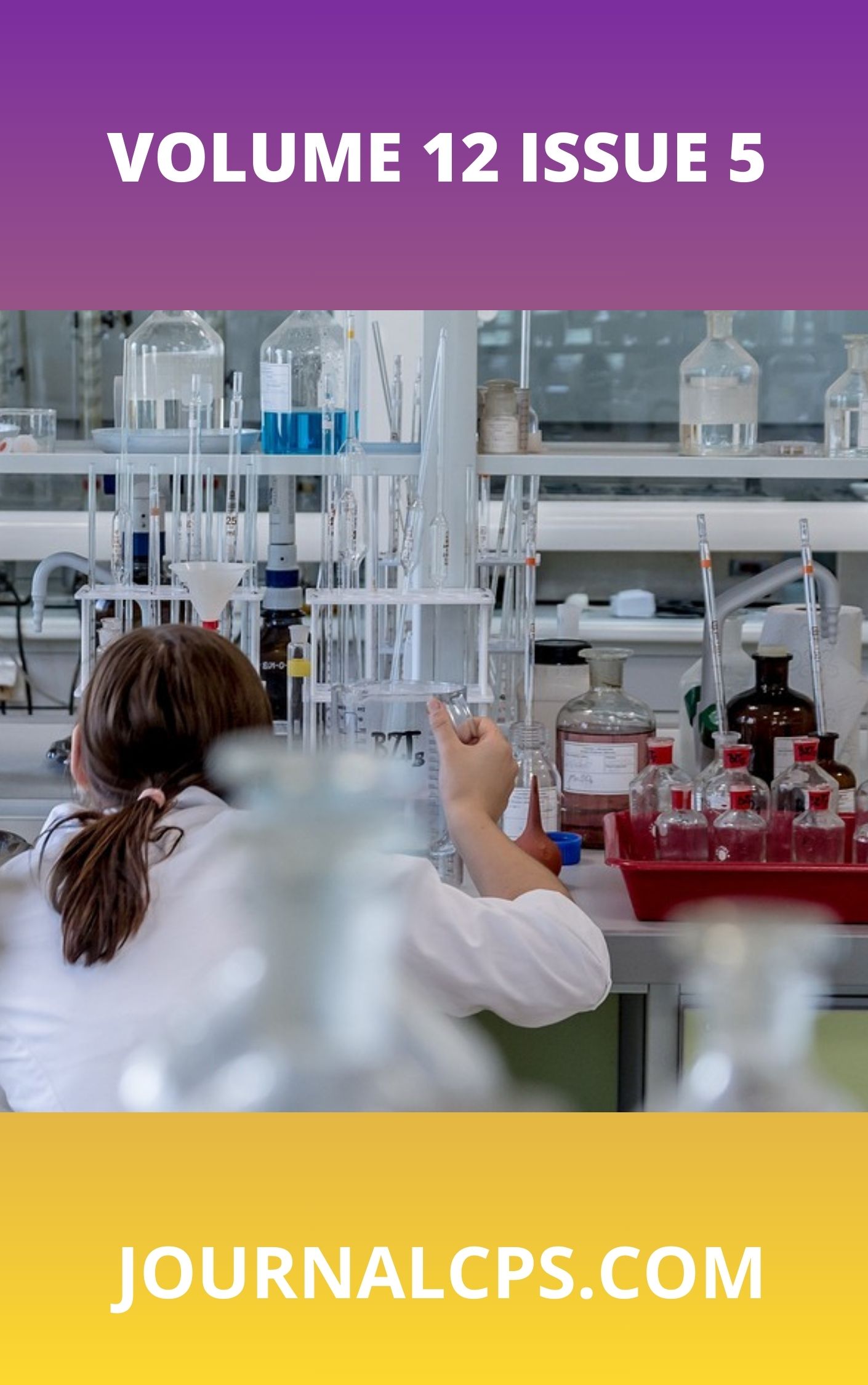Artificial Intelligence and Machine Learning in Environmental Health Science: A Review of Emerging Applications
Keywords:
AI, ML, Environmental Health, Air Quality, Water Quality, Climate Impact, Toxicity, Ethics, DataAbstract
Artificial Intelligence (AI) and Machine Learning (ML) are transforming environmental health science because they allow the deep analysis of multi-dimensional, raw measurements or signal-level information gathered across a variety of data sources coming reliable satellite imagery, IoT sensors, epidemiological databases, and genomic data. The paper reviews the potential of AI and ML to change environmental health as it applies in predicting air and water quality, forecasting and predicting vector-borne diseases, climate change impacts on health, and models of risk of toxicity of a chemical compound. Other critical issues that have been addressed in the study are data heterogeneity, model accuracy, scalability, algorithmic bias and ethical issues associated with data privacy and transparency. The obstacles towards the implementation of AI/ML solutions in low-resource environments are addressed with particular focus, and the dangers of the situation exacerbating health disparities are determined by data deficits and insufficient infrastructure. In sum, the review makes the conclusion that, on the one hand, AI and ML provide a liberating potential in environmental health research and policy, but, on the other hand, their benefits will be optimized when applied in collaboration with human expertise, ethical regulation, and inclusion in data collection practices to make sure of its equitable, responsible implementation.
Similar Articles
- A.O Obioha, Spatial Variability of key climate and air quality parameters across some Nigerian cities , Communication In Physical Sciences: Vol. 12 No. 5 (2025): Vol 12 ISSUE 5
- Faith Osaretin Osabuohien, Review of the Environmental Impact of Polymer Degradation , Communication In Physical Sciences: Vol. 2 No. 1 (2017): VOLUME 2 ISSUE 1
- Chidumebi Uzoho, The Public Health Impact of Airborne Particulate Matter: Risks, Mechanisms, and Mitigation Strategies , Communication In Physical Sciences: Vol. 12 No. 2 (2025): VOLUME 12 ISSUE 2
- Chidumebi Uzoho, The Role of Contaminated Water in Food Poisoning: An Assessment of Agricultural and Processing Practices , Communication In Physical Sciences: Vol. 12 No. 3 (2025): VOLUME 12 ISSUE 3
- Bertha Onyenachi Akagbue, Mark Ndako Ibrahim, Oseigbovo Favour Ofure, Oluwaiye Unity Ekugbe, Onah Kyrian, Chibuzor Titus Amaobichukwu, Mu’awiya Baba Aminu, Pam Dajack Dung, Suleiman Isa Babale, Sadiq Mohammed Salisu, Comprehensive Assessment and Remediation Strategies for Air Pollution: Current Trends and Future Prospects; A Case Study in Bompai Industrial Area, Kano State, Nigeria. , Communication In Physical Sciences: Vol. 10 No. 1 (2023): VOLUME 10 ISSUE 1
- Temitope Sunday Adeusi, Ayodeji Aregbesola, Impact of Climatic Condition on the Life Cycle of Water Contaminants , Communication In Physical Sciences: Vol. 9 No. 4 (2023): VOLUME 9 ISSUE 4
- Mu’awiya Baba Aminu, Hareyani Zabidi, Juliet Ngozi Chijioke-Churuba, Saleh Mamman Abdullahi, Kolapo Fasina, Aliyu Abubakar, Muhammad Nurudeen Mashin, Abdulmalik Nana Fatima, Bertha Onyenachi Akagbue, Olusola Kolawole Ogunmilua, Environmental and Public Health Challenges of Phases Towards Cement Production, Remediation Monitoring and Evaluation Strategies , Communication In Physical Sciences: Vol. 12 No. 1 (2024): VOLUME 12 ISSUE 1
- Nathaniel Atamas Bahago, Gideon Wyasu, Quality Assessment of Borehole and Sachet Water Samples in Kaduna South Metropolis , Communication In Physical Sciences: Vol. 4 No. 2 (2019): VOLUME 4 ISSUE 2
- Rakiya Haruna, Muneer Aziz Saleh, 222Rn activity concentration in outdoor air of Johor, Malaysia , Communication In Physical Sciences: Vol. 8 No. 2 (2022): VOLUME 8 ISSUE 2
- Agada Livinus Emeka, Sonloye Seyi Abiodun, Impacts of Temperature and Precipitation Variability in Northeast Nigeria: a Case Study of Yobe State , Communication In Physical Sciences: Vol. 8 No. 2 (2022): VOLUME 8 ISSUE 2
You may also start an advanced similarity search for this article.




